Restoring Soil Health: A Farm Family’s Regenerative Ag Journey
Kari Barbic
Director, Executive Communications
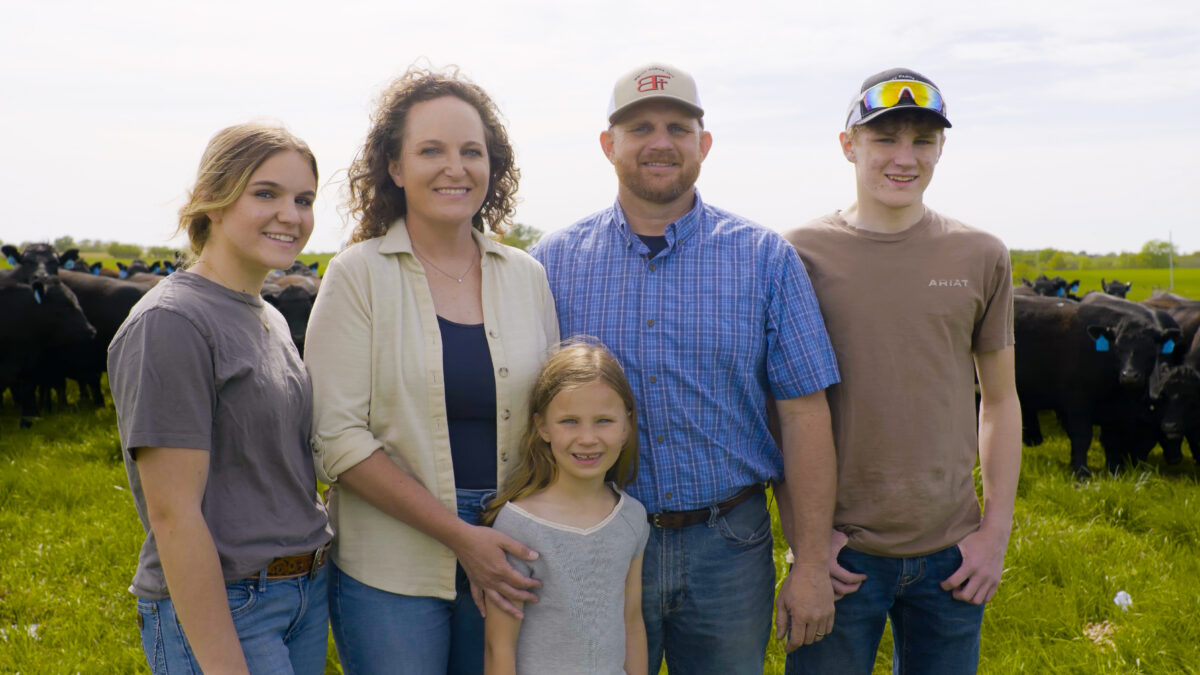
Kari Barbic
Director, Executive Communications
“Earthworms make me happy,” Ryan Britt says as he turns over a handful of dark soil. “You see that?” He points to an earthworm before returning it safely to a field of cover crops. “It didn’t look like this 20 years ago.” Twenty years ago, Ryan and his dad set out to restore the health of the soil on their family farm with regenerative agriculture practices. It’s a journey that continues today.
Starting the Soil Health Journey
Ryan Britt knows that farming is a marathon, not a sprint. His family has been farming in north-central Missouri since 1865. Today, the rolling green hills of Britt Farms stretch out for miles. While the farm has changed and grown over the years, the family’s commitment to caring for the land has remained steady.
“Our farm has worked through the years to focus on regenerative agriculture,” Ryan says, noting there are a variety of buzzwords when it comes to farm practices, such as conservation or sustainability. “For us, it’s about more than sustainability,” he explains. “I can be sustained on bread and water alone, but I sure feel a lot better when I have some steak,” Ryan adds with a chuckle. “To improve and to grow, we need more nourishment. It’s the same with our farmland. We want to improve it for the next generation.”
Ryan knew from the time he was 6 years old that he wanted to be a farmer. Other than his time away at college, Ryan has been on his family’s farm his whole life. He credits his time at the University of Missouri as critical in learning new practices to bring back to the farm.
“I came back from college eager to try some things, and my dad, to his credit, was very open,” Ryan says. They began by experimenting with no-till. They knew it wasn’t going to be an easy undertaking, given the variety of soil types across their farm, which spreads over 5,000 acres in three counties. The soil across the farm ranges from tight to sandy to loose clay, and some of their soil is prone to natural erosion.
I think it’s a farmer’s natural instinct to want to do better.
Climate and weather can also vary across the farm. A sunny day can shift to rain and thunderstorms a few miles up or down the road. “The weather in Missouri can change multiple times a day even,” Ryan explains pointing to the threatening spring clouds overhead, which have put their planting on hold for the day.
Farmers like Ryan face the uncertainties of weather every day, but they don’t shy away from a challenge. Ryan was eager to apply what he had learned in his studies and from his work with USDA’s Agricultural Research Service in college to help his family farm become more resilient in the face of varying climate and soil types.
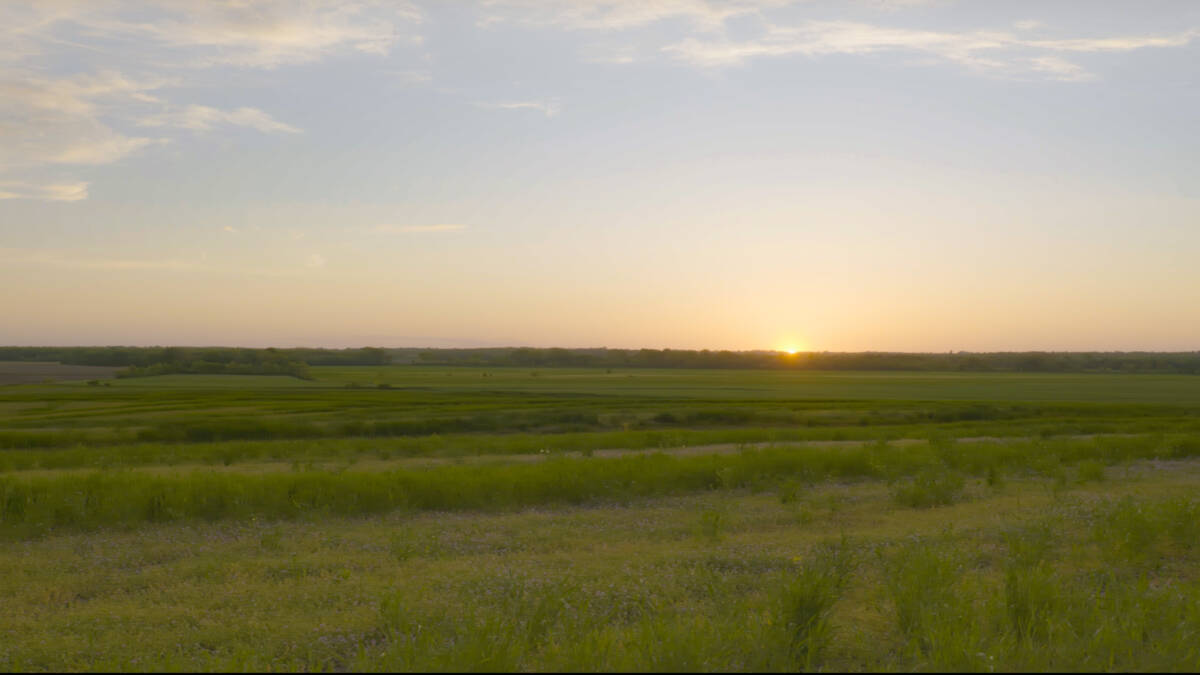
photo credit: AFBF
The Resilience of Regenerative Agriculture
Ryan and his dad soon found consistent success with the no-till system in the fields where they applied the new practice. A big test of their no-till fields came in 2012 when much of their farm was hit with a major drought. “It was the driest year we had ever seen,” Ryan recalls. Although their yields took a hit and they saw an overall loss, they still produced some corn on their no-till fields that year, even when neighboring farms didn’t see any yields. This proved to be a turning point when it came to conservation tillage at Britt Farms, and today, they are 100% no-till, in addition to a variety of other regenerative practices that work hand-in-hand to promote soil health on the farm.
But it’s not one practice alone that promotes healthy soil. Not long after the Britts had begun transitioning to no-till, Ryan learned about another regenerative practice: cover cropping. After joining his local Conservation District, Ryan had the opportunity to watch a soil health demonstration conducted by Ray Archuleta, a soil scientist and agronomist with USDA’s Natural Resources Conservation Service. Ryan and his dad decided to give it a try. They assessed their fields and adjusted their crop rotation to join a pilot project for planting cover crops. Although there was a learning curve with the new practice, it didn’t take long for them to see the benefits.
“I think what makes no-till really work well is the cover crops,” Ryan says, explaining how these practices work together to mitigate weather impacts on the farm. In drought years, the no-till fields that had been rotated with cover crops proved more resilient, producing roughly 80% of a crop in the challenging conditions. Only a few years after the 2012 drought, Britt Farms had transitioned to 100% cover crops on their fields.
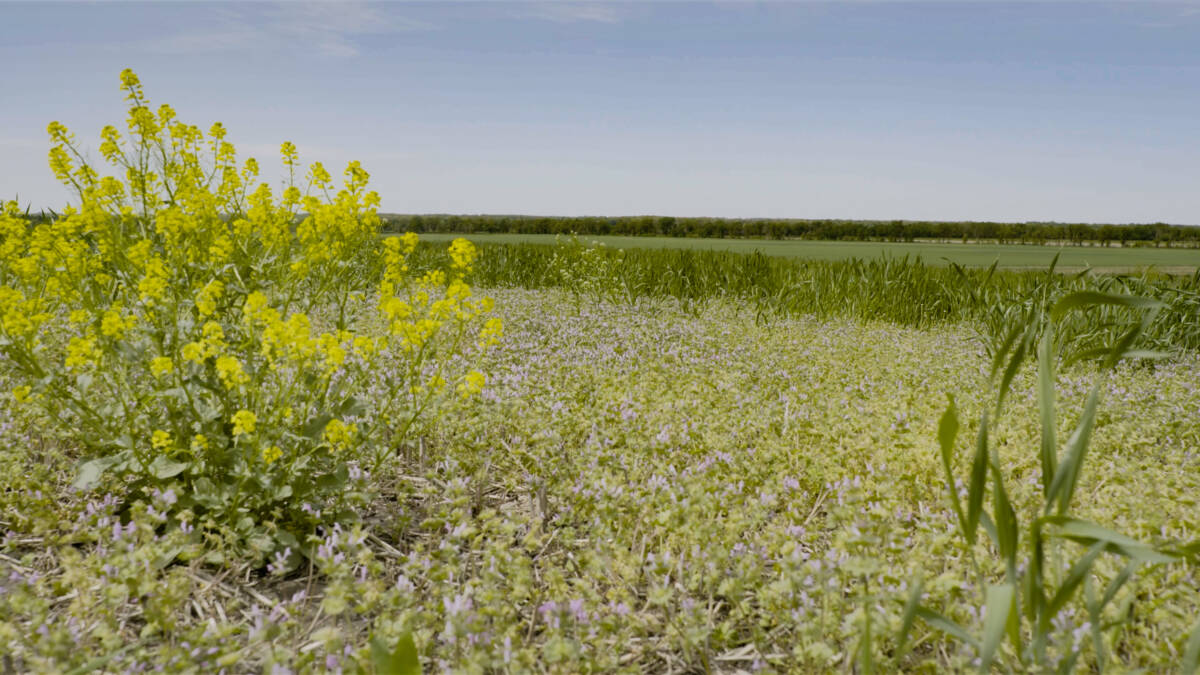
photo credit: AFBF
The Role of Cattle in Regenerative Agriculture
In addition to growing corn, soybeans, wheat and hay, Ryan Britt also raises cattle. Ryan believes that the 1,300 cattle they raise — and graze — have played a key role in his farm’s regenerative practices. “Rotational grazing, that’s how we can do no-till and cover crops,” he says. “We've seen larger gains in our soil health journey by integrating livestock, letting them graze the land, and bring the nutrients back to the land.”
Anecdotally, Ryan has seen the highest yields from the fields where his cattle have grazed. Scientific research backs up his observations. As cattle eat grass pulling it up by the roots, root growth is stimulated, thus creating a healthier root system below the ground. Researchers have found that healthy, rotationally grazed pastures are better at sequestering carbon than land left untouched. In addition to feeding on grass, cattle are then spreading nutrients naturally to further promote soil health. “On our farm’s regenerative journey, livestock are really making the biggest gains,” Ryan says.
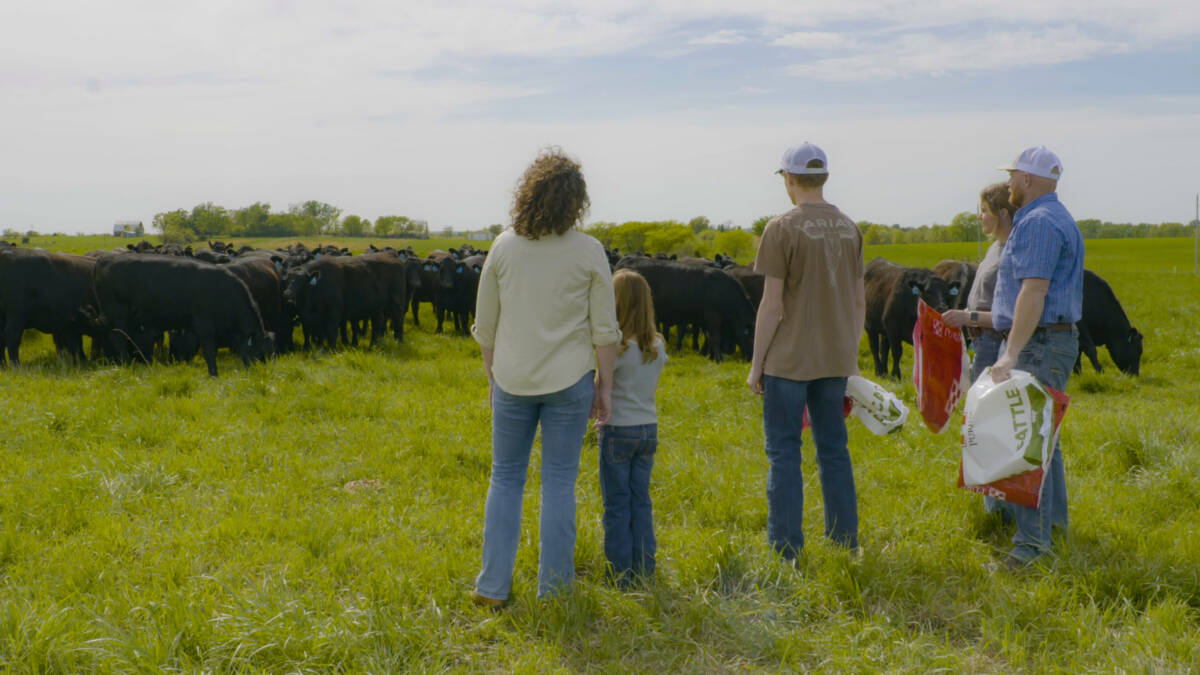
photo credit: AFBF
Critical Tools for Regenerative Agriculture
When it comes to regenerative agriculture, Ryan Britt believes it’s important for farmers to have every tool available to protect crop and soil health. Walking by an alfalfa field, he stops and points to where the leaves are turning brown. “You see that? We’ve got bugs chewing up our alfalfa.” Ryan explains that since it’s too wet to harvest that week, he needs to spray the fields with an insecticide or risk losing the whole crop.
“Every acre on every farm is different,” Ryan says. “We need to have those tools — whether it’s a pesticide, insecticide or herbicide — available to make sure that we're not going backwards.” Without pesticides, Ryan would have to return to tilling his soil, turning it over with every crop, likely losing topsoil — and those beloved earthworms.
As committed as Ryan Britt is to soil health, his family’s health is his top priority. That’s why he relies on scientific studies and research, such as from land-grant universities, to ensure the safety of the products and practices he is using on his farm. Ryan and his wife built their home on the farm, and he can see his mom and dad’s house, where he grew up, from his front porch. Their family’s lake house sits on the edge of their farm, overlooking the Thomas Hill Reservoir.
It’s important for me because my family is consuming the same food we are growing and raising here.
Clean Water and Healthy Soil on and off the Farm
For the Britt family, the farm is their livelihood and their life. The health and safety of his family — the air they breathe, the water they drink, and the food they eat — is at the forefront of Ryan’s mind with every decision he makes on the farm. “The nutrients and pesticides we use on our farm are very important to us. It’s important for me because my family is consuming the same food we are growing and raising here.”
Keeping the water on and around the farm clean is a top priority for Britt Farms. Fencing around the farm ensures the cattle stay out of nearby streams when they are grazing. When the cattle enter the feedlot on the farm, animal health and water quality continue to be top priorities. The feedlot is designed to prevent any runoff, while keeping the animals safe and comfortable.
When it comes to keeping nutrients in the fields and out of nearby waterways, Ryan has added features to provide extra layers of protection, such as terracing, which involves grading the land to slow runoff on sloping fields, and field buffers, which are achieved by planting vegetation along waterways.
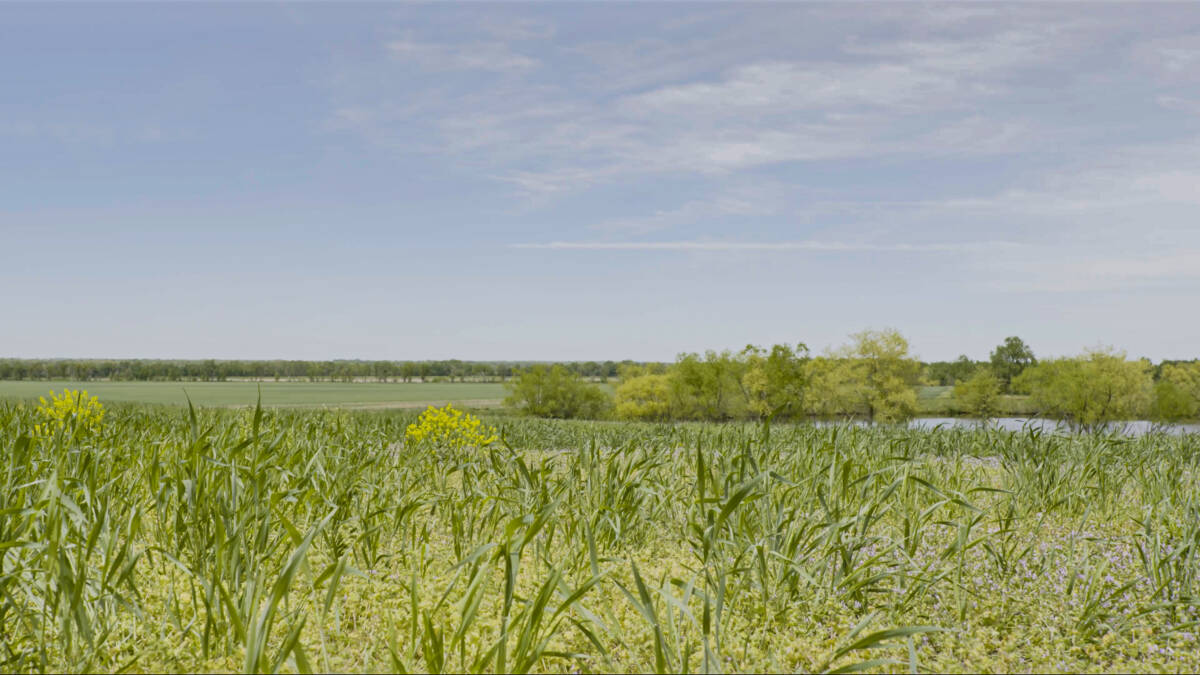
photo credit: AFBF
Always Looking to Do Better by the Land
Not every acre on Britt Farms is in production. Ryan has set aside some acres in the Conservation Reserve Program to grow wild grasses and wildflowers, providing a pollinator habitat on the farm. The farm also has a wetland set aside as a wildlife habitat. Ryan says these practices are all part of their approach to “give the land the opportunity to maintain itself and improve.” He says ultimately, this is all about “setting that land up so that the next generation can also be successful.”
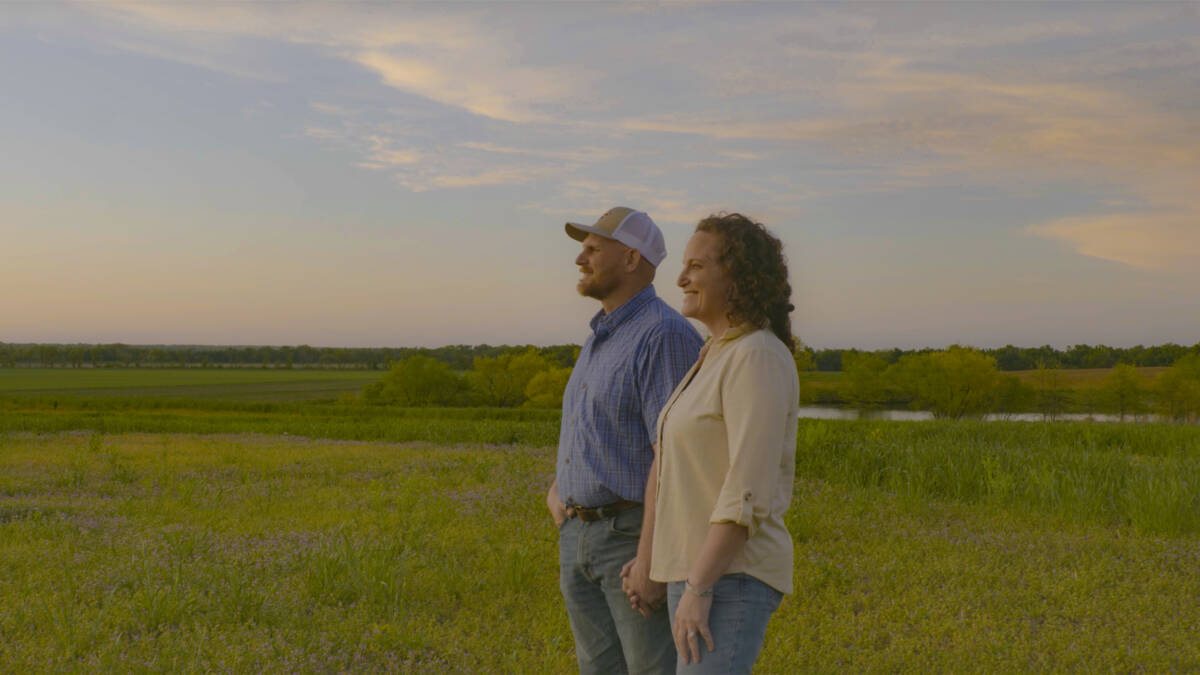
photo credit: AFBF
To Ryan Britt, this effort is never done. Regenerative agriculture, to him, is about always finding ways to improve and do better. He takes caring for every acre of his land seriously.
“There can be a misconception that regenerative agriculture doesn’t fit a big operation, but I don't think that's fair,” Ryan observes. “The average family farm is a little bigger than it used to be, but we have the tools and technology to meet the growing needs of our country and world.”
With each crop and each season, Ryan Britt is always looking for ways to do better for the land, for his family and for families across the country. “I think it’s a farmer’s natural instinct to want to do better,” Ryan says. “We always are looking for how we can improve the land, leaving it better than we found it for the next generation.”
Top Issues
VIEW ALL